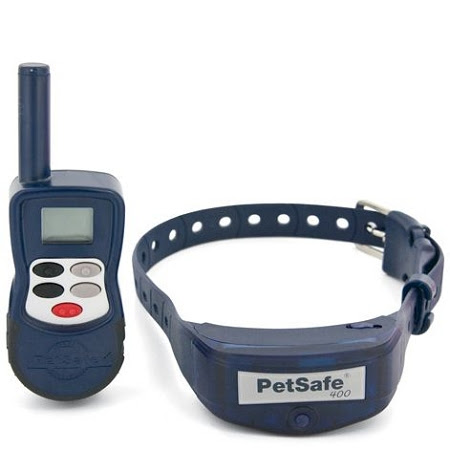Problems related to crate training should be identified early, carefully thought out, and be worked out and/or circumvented. forcing the issue is never an option as it will tend to make matters worse. instead, patience and understanding of the pup’s concerns are of paramount importance. perseverance wins the penny.. Your new dog may have been crate trained as a puppy and have no problem picking up where she left off, or she may have never seen a crate before, requiring fundamental crate training. your dog may have had traumatic experiences of being put in a crate for punishment or left in the crate for long periods.. Crate training helps you to avoid these problems by keeping the animal inside, making them part of your family. list of the cons of crate training. 1. it can force a dog to stay in the crate for long periods of time. the primary disadvantage of crate training for a dog is that it requires the animal to stay inside of the cage for a long time..
3. helps prevent separation anxiety problems. crate training can also help your dog cope better with loneliness and problems associated with separation anxiety. if your dog is used to using a crate and already sees as its shelter, he will be much less likely to develop problems such as separation anxiety.. Crate training a dog is a great way to potty train your puppy and establish boundaries. these 7 tips will help you avoid common crate training mistakes. a comprehensive guide to choosing the right crate and the steps you should take to start crate training your dog – an infographic by the team at that fish place – that pet place.. By putting the dog in the crate at night, you’ll help it build its independence, get used to the concept of a crate, and stay out of trouble. however, if you don’t take the time to properly train it and help it adjust to the crate , you’re likely to run into a couple of issues — most of which involve late-night disturbances!.
/shar-pei-pitbull-puppy-laying-on-couch-840226604-5aa98cf5c673350036f089a1.jpg)



































